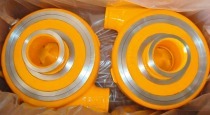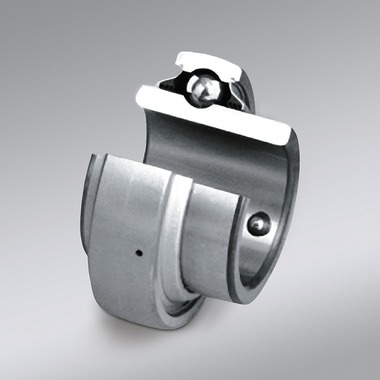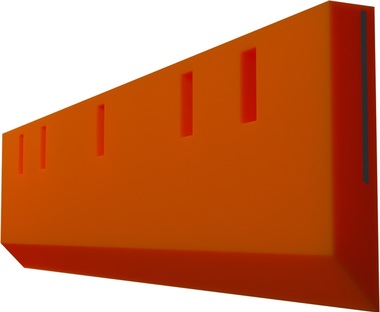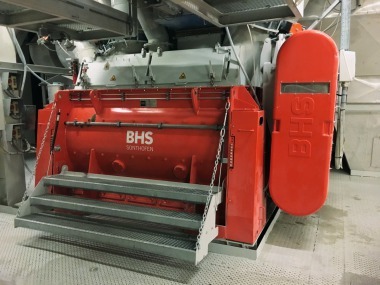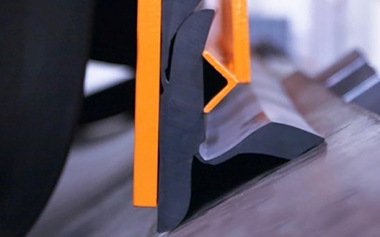Innovative sealing system for screw conveyors
On screw conveyors, the seals, which are intended to protect the drive and bearing unit and to prevent escape of the conveyed bulk material, are particularly susceptible to wear. SHA GmbH’s new EASY Gasket system provides a reliable solution to this problem and eliminates wear of the shaft journal at the same time.
Blockage of the conveyed material in the intake area frequently occurs when a screw conveyor is started. The gasket sealing the intake-side bearing is then particularly exposed to stress. A remedy to protect the seal against such blockage pressure is provided by a baffle plate on the screw shaft which, however, cannot always be installed. Material which ingresses behind the baffle plate is “replaced” and conveyed away only very slowly, if at all. Conveyed material is frequently also present on the outlet-side bearing seal. Particles of this material can thus ingress between the shaft stub and the seal. The seal and the shaft stub are then exposed to wear which will increase with time, due to the abrasion which then occurs. The unpleasant consequence: material escaping at the bearings.
The majority of conventional sealing systems have therefore been further developed and equipped, for example, with automatic lubricating systems or even sealing-gas connections. The problem nonetheless remains, however, since the shaft journal continues to turn in the sealing system, and particles of material may penetrate between the pair of sliding surfaces.
The innovative Easy Gasket system developed by SHA in cooperation with the manufacturer, Cinch Seal, tackles this problem. The sealing surface is now no longer located between the shaft journal and the seal, but instead between two rotor cups, which consist of chemically interlinked PTFE rings and a hardened aluminium housing. Within the housing, the elements are pretensioned by a rubber boot located on the shaft journal between the rotor cups. This rubber boot consists of an elastomer. Pretensioning ensures that the rubber boot, firmly located on the shaft journal, causes the rotor cups in the aluminium housing to “float” and co-rotate by means of adequate surface pressure. Compressed air is applied to press the rotor cups against the housing at a defined pressure, to assure a liquid-tight 0-gap. No further consumption of air can be measured after a running-in period of two to three hours. The seals have been exhaustively tested and have proven their effectiveness over a period of nearly two years of use as SHA GmbH’s standard sealing system.
The benefits: no wear to the shaft journal, longitudinal expansion of the shaft is possible thanks to the elastomeric properties of the rubber boot; thanks to the “floating” arrangement of the rotor cups, damage to the seal due to radial movements (imbalance) of the shaft can be excluded; there is no need for sealing-gas flushing; no need for lubricants; no contamination of the material conveyed; longer service-lives; lower operating and repair costs; lower downtimes.
Hall 4 / 380
www.sha-germany.de

